# taxtip
12 posts in `taxtip` tag
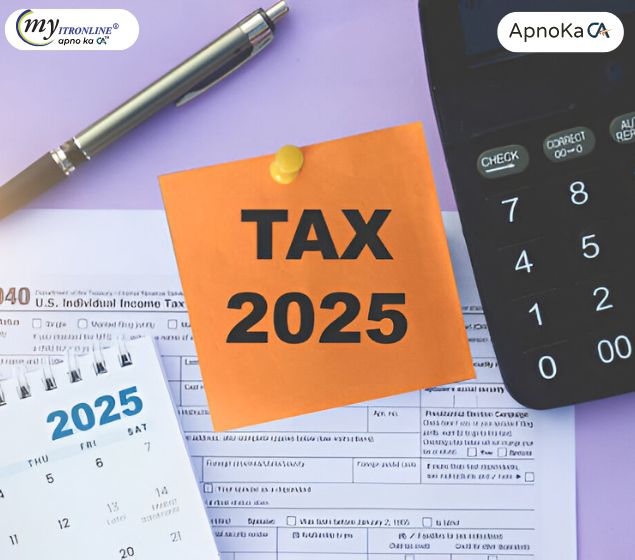
Easy Tax Rules for Small Businesses & Professionals (FY 2024-25)
This comprehensive blog post provides a detailed overview of the presumptive taxation schemes under Sections 44AD and 44ADA of the Income Tax Act, 1961, for the Financial Year 2024-25 (Assessment Year 2025-26). It explains the eligibility criteria, benefits, and important considerations (like the 5-year rule) for small businesses and professionals. Additionally, it clarifies the requirements for maintaining books of accounts under Section 44AA and the applicability of tax audits under Section 44AB, including the enhanced turnover limits. The blog aims to simplify complex tax provisions, helping taxpayers make informed decisions for better compliance and tax planning.
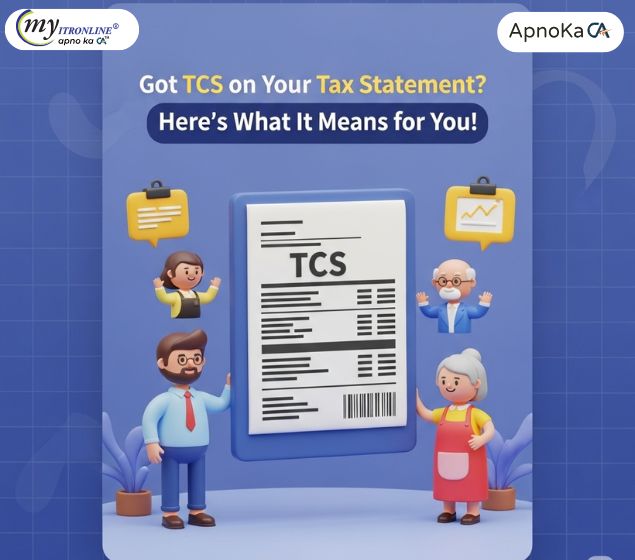
Got TCS on Your Tax Statement? Here's What It Means for You!
This blog demystifies Tax Collected at Source (TCS) for taxpayers, especially for Financial Year 2024-25 (Assessment Year 2025-26). It explains what TCS is, lists common transactions where it applies (like motor vehicle sales, overseas tour packages, and foreign remittances under LRS), and details how TCS affects one's tax liability. The post guides readers on how to reconcile TCS entries using their AIS/TIS and claim the correct credit when filing their Income Tax Return, helping them ensure accurate tax compliance and avoid discrepancies.
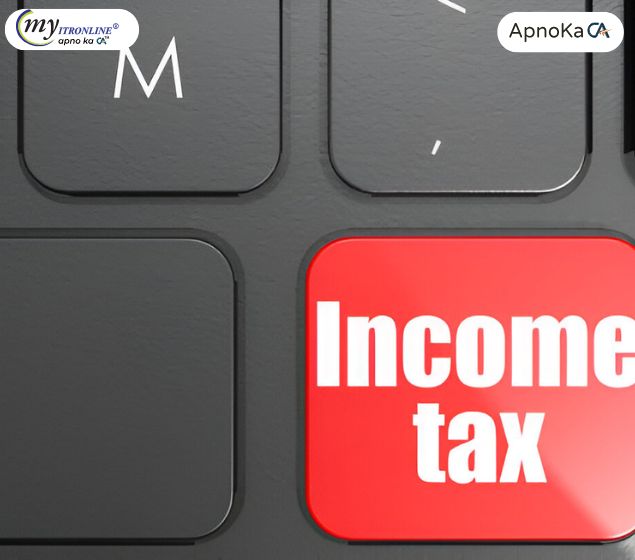
Big Changes in Your Tax Report: All You Need to Know About the New Form 26AS (AIS)
This detailed blog explores the significant evolution of Form 26AS into the more comprehensive Annual Information Statement (AIS) and Taxpayer Information Summary (TIS). It breaks down the expanded scope of information, including various high-value financial transactions (SFT/AIR data) like property deals, mutual fund transactions, and cash movements, far beyond traditional TDS/TCS. The post emphasizes why these updates are crucial for enhanced transparency, simplified ITR pre-filling, proactive discrepancy identification, and reduced chances of scrutiny. It also provides clear instructions on how to access the new statements and actionable steps for taxpayers to ensure accurate reporting and compliance.
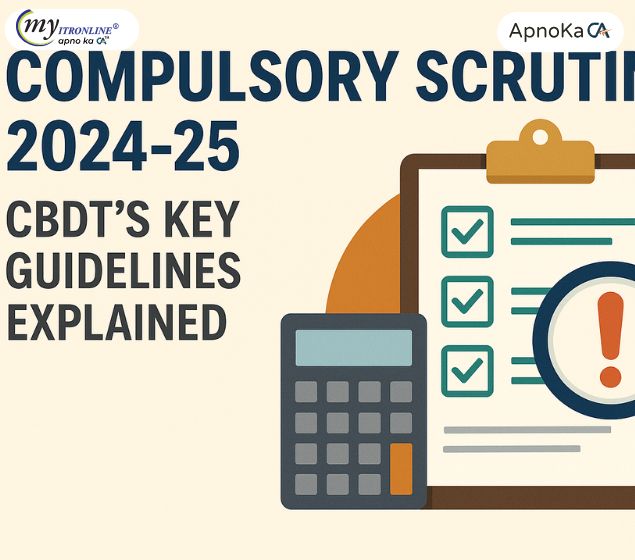
CBDT's Compulsory Scrutiny: A Quick Guide for FY 2025-26
This concise guide explains CBDT's compulsory scrutiny guidelines for FY 2025-26. It outlines the specific high-risk scenarios that can lead to a detailed income tax examination, such as search operations, credible information of tax evasion, or large refund claims. The synopsis highlights that selected taxpayers will receive a Section 143(2) notice for complete, often faceless, scrutiny and advises preparedness and seeking professional help.

ITR Filing 2024-25: All Important Deadlines You Need to Know
This blog post provides a comprehensive overview of all crucial Income Tax deadlines for Financial Year 2024-25 (Assessment Year 2025-26). It details specific dates for Form 16 issuance, ITR filing for non-audit and audit cases (including the extended September 15, 2025 deadline for individuals), advance tax installments, and updated returns. The post emphasizes the importance of meeting these deadlines to avoid penalties and promotes myitronline for reliable tax filing assistance.
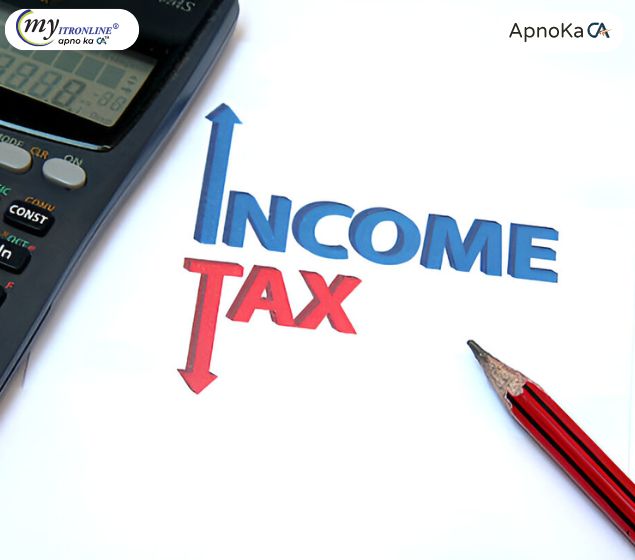
Form 16 for FY 2024-25: Your Complete Guide to What's New & How to Verify
This blog post provides a detailed guide to Form 16 for Financial Year 2024-25 (Assessment Year 2025-26), highlighting the crucial changes under the new tax regime, including the increased standard deduction and NPS benefits. It offers a step-by-step process for taxpayers to verify their Form 16 against Form 26AS and other documents, ensuring accurate ITR filing and avoiding discrepancies. The post also emphasizes the extended ITR filing deadline and promotes myitronline's services for expert assistance.
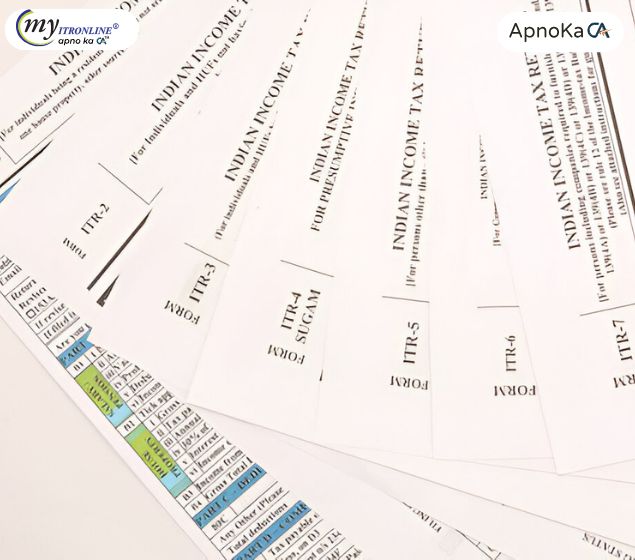
Understanding ITR Forms (ITR-1 to ITR-7) for AY 2025-26: Selecting the Appropriate Form for Your Earnings
This blog post serves as a comprehensive guide to selecting the correct Income Tax Return (ITR) form (ITR-1 to ITR-7) for Assessment Year 2025-26 (Financial Year 2024-25). It begins by emphasizing the importance of choosing the right form to avoid penalties and highlights the extended filing deadline for individuals and HUFs. The post then details important updates for AY 2025-26, including changes to LTCG reporting in ITR-1/4, compulsory detailed disclosures for old regime deductions, new TDS section requirements, revised asset reporting thresholds, and the default new tax regime. A simplified overview of applicability and exclusions for each ITR form (ITR-1 to ITR-7) is provided. Finally, it uses seven practical case studies to illustrate how different taxpayer profiles (salaried, freelancers, businesses, firms, companies, trusts) can correctly identify their applicable ITR form. The synopsis concludes by advising readers to consult official guidelines and tax professionals for accurate filing.

How to Access Your PF When You're Unemployed: A Step-by-Step Guide.
This blog post serves as a comprehensive yet easy-to-understand guide for individuals in India facing unemployment and considering Provident Fund (PF) withdrawal. It clearly outlines the two main withdrawal options based on the duration of unemployment (75% after 1 month, 100% after 2 months) and provides a step-by-step walkthrough of the online application process via the EPFO portal. The article meticulously details essential prerequisites like active UAN and updated KYC (Aadhaar, PAN, Bank) and critically explains the tax implications of PF withdrawals, especially for those with less than five years of continuous service. It also covers common reasons for claim rejections and explores alternative financial strategies to consider before tapping into PF. The tone is empathetic and supportive, aiming to empower readers with the knowledge needed to manage their finances during a challenging period.
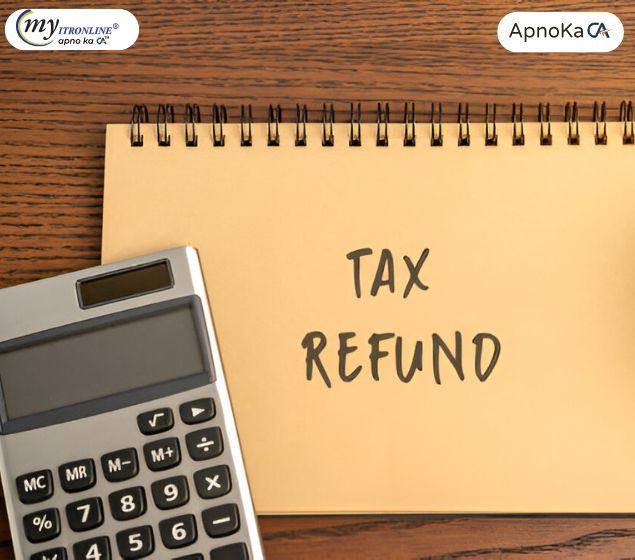
Exciting Update for Taxpayers: Could You Receive 33% More in Refund Interest?
This blog post explores the exciting possibility of taxpayers receiving up to 33% higher interest on their tax refunds if the ITR filing deadline for Assessment Year 2025-26 (FY 2024-25) is extended to September 15th. It explains the mechanics of tax refund interest under Section 244A, illustrating how an extended calculation period leads to greater returns. The article identifies key groups of taxpayers who stand to benefit most and provides crucial reminders about official confirmations, accurate filing, and timely tax payments to ensure a smooth and financially rewarding tax season.

New Rules for ITR-1 & ITR-4: Your AY 2025-26 Guide (Old Tax System)
This comprehensive blog post outlines the significant changes introduced by the Income Tax Department for Assessment Year 2025-26 (FY 2024-25) concerning ITR-1 (Sahaj) and ITR-4 (Sugam) under the Old Tax Regime. It details the newly mandated annexures for claiming various deductions, including HRA, Section 80C, 80D, 80DD, 80DDB, 80E, 80EE, and 80EEB. Readers will find crucial information on the new required fields for each section, key points to remember for seamless e-filing, common validation errors to avoid, and important deadlines. The post emphasizes the importance of accurate data submission and retaining supporting documents to ensure tax compliance.
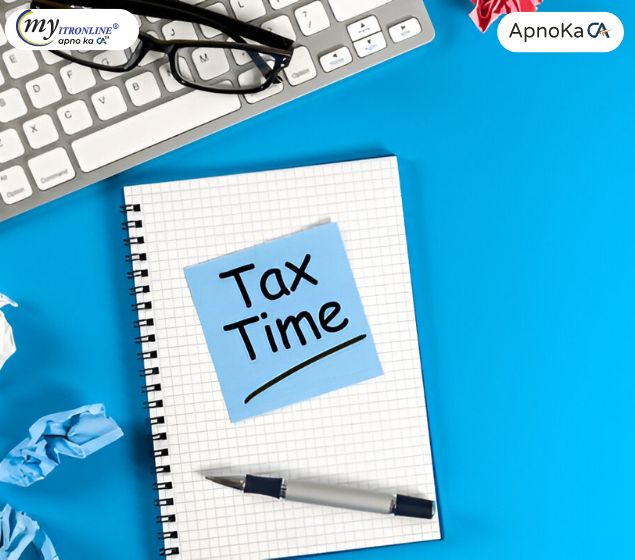
19 Lakh Salary? Here's How to Pay ZERO Income Tax in the New Regime
This blog delves into the strategic methods allowing salaried professionals to pay nil income tax on a ₹19 lakh annual salary under India's New Tax Regime (effective FY 2024-25). It outlines how leveraging increased basic exemption limits, the enhanced Section 87A rebate, standard deductions, employer's NPS contributions, and smart flexi-pay salary structuring can lead to a tax-free income, complete with illustrative calculations and actionable steps.
.jpg)
Don't Miss Out! Maximize Section 87A & Claim Every Deduction in Your FY 2024-25 ITR
Maximize your savings and simplify your ITR filing for FY 2024-25! Discover how to effectively utilize the Section 87A rebate and navigate the complexities of deductions under both the old and new tax regimes. This essential guide empowers you to make informed choices, accurately claim every eligible deduction, and confidently file your ITR to prevent any unwelcome tax notices.
